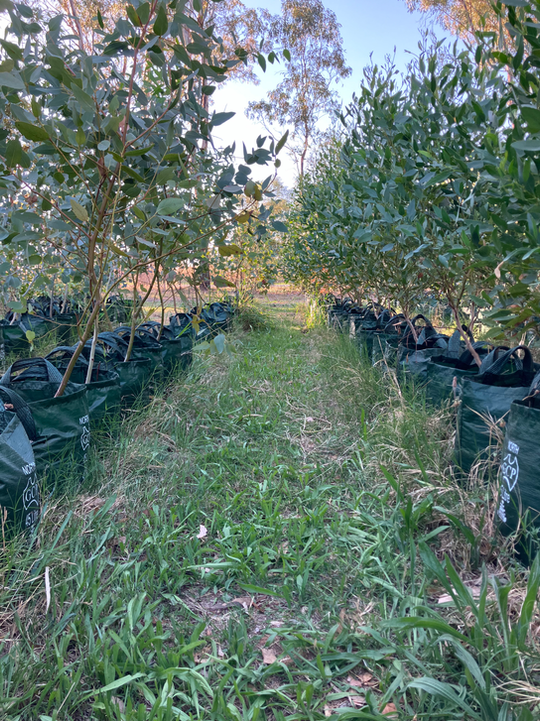top of page
DrAnaban Ghosh

Visiting Veterinary practitioner Dr Ghosh has been working with us at Farriervet for more than 5 years. All consultations and surgeries are performed at Farriervet Lancaster.
Surgeries include acute spinal, fractures, joints, hip deinervation, cranial crutiate ligament repair, TPLO, elbow displasia, soft palate, nares, gastric pexy etc.
Dr Ghosh visits on a regular basis and may also travel to our clinic for emergencies. Second opinion enquiries and quotes are welcome.
Pricing Policy-
A single price quote is given. This includes Consult, anaesthesia, fluids, surgery, follow ups, medications, 4 x weekly post op checks, with treatments given at these times included in the price.
d
CONTACT US TO FIND OUT MORE

bottom of page








